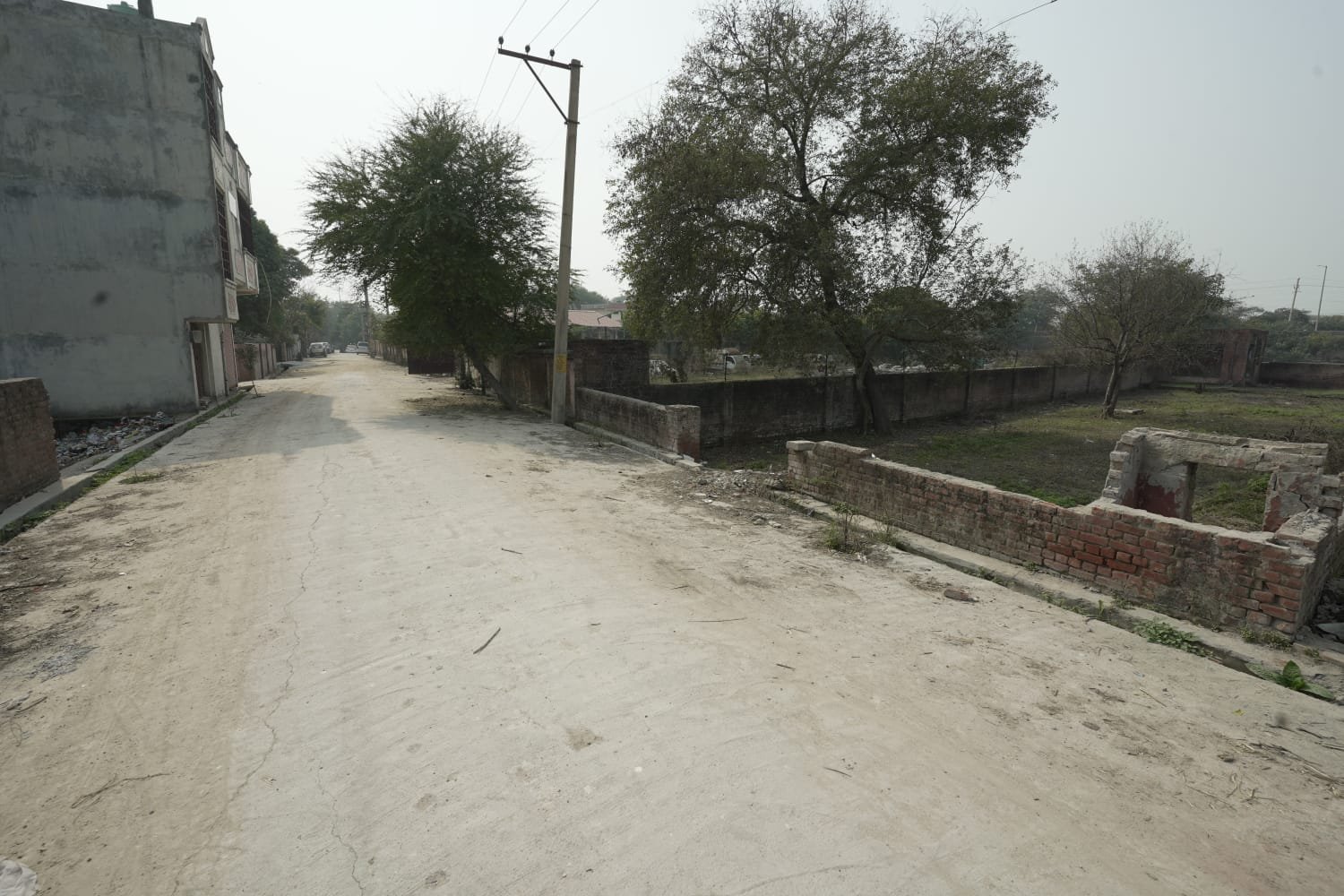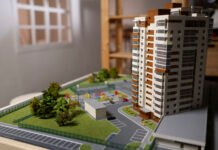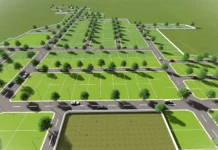Redevelopment zones have become an essential tool in addressing the urban challenges that Delhi, a city with a rich historical legacy and a burgeoning modern identity, faces, given its growing population and limited land availability. However, these challenges also present notable opportunities as well as pitfalls in plot development.

Advantages of redevelopment plots in Delhi:
Optimal Land Utilization: Redevelopment zones try to turn abandoned or underutilized regions into lively, productive areas. The city may better utilize its current acreage and accommodate more people and businesses without growing geographically by reviving these areas.
Modern Infrastructure: Modern amenities and infrastructure are frequently available to 50-100-200 Gaj Plots in redevelopment zones. These projects combine cutting-edge technology, effective urban planning, and environmental methods to satisfy modern needs. The area’s charm and economic potential are enhanced by this upgrading, which draws in both inhabitants and investors.
Economic Growth: By bringing in businesses and creating jobs, redevelopment can boost regional economies. Employment possibilities are created by the labour, materials, and services needed for construction projects. Additionally, new business spaces can encourage investment and entrepreneurship, boosting the economy in previously undeveloped areas.
Improved Quality of Life: Redevelopment initiatives frequently incorporate green areas, leisure centres, and better public services, all of which help locals enjoy a higher standard of living. These improvements improve the quality of life in neighbourhoods and have the potential to turn them into popular urban destinations.
Redevelopment Zone Pitfalls:
Gentrification and Displacement: The possibility of gentrification is one of the biggest hazards. Original occupants, who are frequently from lower-income groups, may be priced out of their homes as redevelopment initiatives raise property values. Social unrest and the loss of local history may result from this relocation.
Regulatory Obstacles: Complex regulatory obstacles are a common sight in redevelopment projects. Complying with environmental standards, obtaining the required permits, and navigating zoning restrictions can all add time and expense to projects. These red-tape hurdles might be especially intimidating in a city with as many governmental layers as Delhi
Financing Problems: Getting enough money for rehabilitation projects might be difficult. These zones offer potential, but a significant initial investment is needed. The lengthy gestation times and associated risks may terrify investors, which would limit the amount of money available for these initiatives.
Environmental Concerns: Major building projects are frequently associated with redevelopment, which may have negative effects on the environment, including increased pollution, waste production, and disturbance of nearby ecosystems. To lessen these effects, projects must make sure they follow sustainable procedures.
Conclusion:
Residential and Commercial Plots in the redevelopment zones of Delhi offer a strong chance to revitalize the city and accommodate the city’s expanding population. The potential advantages are substantial and include improved quality of life, modern infrastructure, economic growth, and effective land use. But it’s important to be aware of the risks, which include gentrification, obstacles to regulations, problems with funding, environmental worries, and opposition from the local population. For Delhi’s redevelopment initiatives to be successful, a fair and inclusive strategy that takes into account both the advantages and disadvantages is necessary.







